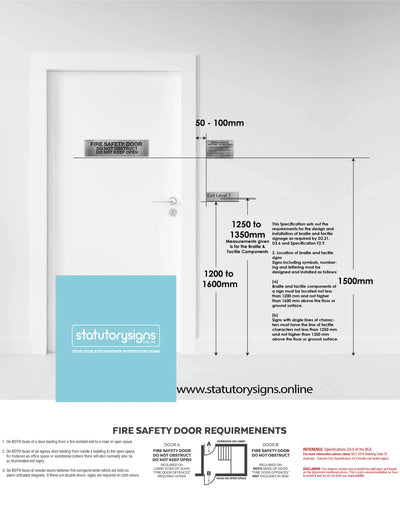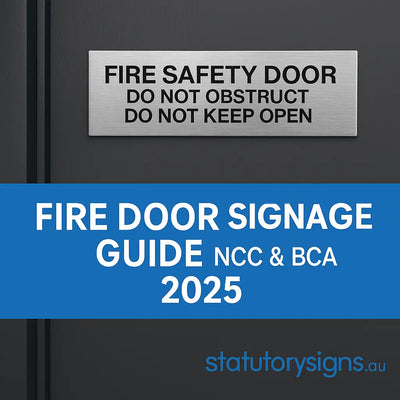Ensuring Accessibility and Safety with BCA-Compliant Signage
In the realm of building design and construction, compliance with regulatory standards is paramount. The Building Code of Australia (BCA) sets forth stringent requirements for various aspects of construction, including signage. One crucial element of BCA-compliant signage is the incorporation of Braille exit signs in buildings. These tactile signs play a vital role in ensuring accessibility and safety for all occupants, particularly those with visual impairments.
BCA-compliant signage goes beyond mere aesthetics; it serves as a critical tool for navigating buildings safely and efficiently. By adhering to these standards, building owners and managers demonstrate their commitment to creating inclusive environments that cater to the diverse needs of all individuals. The implementation of Braille exit signs is a prime example of how BCA compliance contributes to enhanced accessibility and safety measures.
Braille exit signs are designed to provide crucial information to visually impaired individuals in case of emergencies or general navigation. These signs feature raised tactile letters and Braille characters, allowing users to identify exit routes through touch. The placement of these signs is carefully regulated by the BCA to ensure consistency and ease of location throughout buildings.
The importance of Braille exit signs extends beyond legal compliance. They serve as a lifeline for visually impaired individuals, offering them independence and confidence when navigating unfamiliar spaces. In emergency situations, where every second counts, these signs can make the difference between a safe evacuation and potential harm. By providing clear and accessible information, Braille exit signs contribute to the overall safety of all building occupants.
Building owners and managers who prioritize BCA-compliant signage, including Braille exit signs, demonstrate a commitment to inclusivity and social responsibility. This approach not only ensures legal compliance but also enhances the reputation of the building and its management. It sends a clear message that the safety and well-being of all occupants, regardless of their abilities, are of utmost importance.
The implementation of BCA-compliant signage requires careful planning and expertise. Professional sign manufacturers and installers who specialize in accessibility solutions can provide valuable guidance in selecting and positioning appropriate Braille exit signs. These experts ensure that the signs meet all regulatory requirements while seamlessly integrating with the building's overall design aesthetic.
Regular maintenance and inspection of Braille exit signs are essential to maintain their effectiveness and compliance. Over time, signs may become damaged or worn, potentially compromising their legibility. Building managers should establish routine checks to identify and address any issues promptly, ensuring that the signs remain functional and compliant with BCA standards.
As building codes and accessibility standards continue to evolve, staying informed about the latest requirements for BCA-compliant signage is crucial. Building owners and managers should regularly review and update their signage systems to ensure ongoing compliance and optimal safety for all occupants. This proactive approach not only meets legal obligations but also demonstrates a commitment to continuous improvement in accessibility and safety measures.
In conclusion, BCA-compliant signage, particularly Braille exit signs, plays a pivotal role in creating accessible and safe buildings for all individuals. By prioritizing these essential elements, building owners and managers not only meet legal requirements but also contribute to a more inclusive and secure environment. The implementation of Braille exit signs is a testament to the importance of thoughtful design and planning in modern construction, ensuring that buildings are truly accessible to everyone, regardless of their visual abilities.




